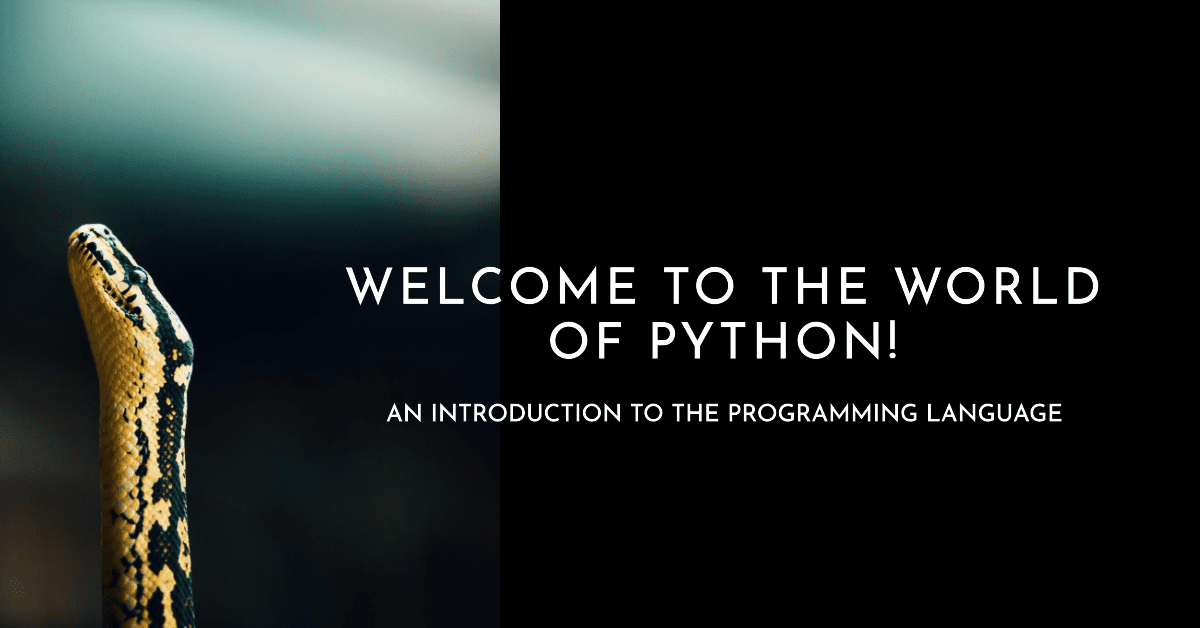Python Basics: A Comprehensive Tutorial for Beginners
Python is a versatile and beginner-friendly programming language that serves as a fantastic entry point into the world of coding. In this tutorial, we’ll guide you through the fundamentals, covering key concepts, syntax, and providing examples to ensure a smooth learning experience.
1. Understanding the language:
Python’s simplicity and readability make it an excellent choice for beginners. Its clean and straightforward syntax, resembling natural language, reduces the learning curve and encourages experimentation. Python supports various programming paradigms, including procedural, object-oriented, and functional programming, making it versatile for different application types.
2. Installing Python:
Before you start, make sure Python is installed on your computer. Visit the official website, download the latest version from the stable releases, and follow the installation instructions for your operating system. You can verify the installation by opening a terminal or command prompt and entering python --version.
Or you can also install it from the Microsoft Store, which will probably be easier than manually installing it.
3. Variables and Data Types:
In Python, you can create variables to store different types of data. It supports various data types, including integers, floating-point numbers, strings, lists, tuples, sets, and dictionaries. Understanding data types is essential for effective programming and manipulation of data. A more detailed explanation for each one will be covered in the upcoming posts. Keep in mind this is just a beginner’s intro!
Example:
name = "Alice" # Strings age = 25 # Whole numbers (int) height = 1.75 # Numbers with decimals (Floats) fruits = ["apple", "banana", "orange"] # Lists
4. Print Statements:
Use the print() function to display output in Python.
Example:
print("Hello, World!")
5. Basic Operators:
Python supports various operators for arithmetic, comparison, and logical operations.
Example:
x = 10 y = 5 sum = x + y is_greater = x > y logical_and = x > 0 and y > 0
6. Conditional Statements:
Use if, elif, and else statements for decision-making in Python.
Example:
age = 18
if age < 18:
print("You're a minor.")
elif age == 18:
print("You just turned 18!")
else:
print("You're an adult.")
7. Loops:
Python offers for and while loops for repeating actions.
Example:
fruits = ["apple", "banana", "orange"]
for fruit in fruits:
print(fruit)
count = 0
while count < 5:
print("Count:", count)
count += 1
8. Functions:
Functions allow you to organize code into reusable blocks.
Example:
def greet(name):
print("Hello,", name)
greet("Alice")
9. Lists and Dictionaries:
Lists hold ordered collections, while dictionaries store key-value pairs.
Example:
fruits = ["apple", "banana", "orange"]
person = {"name": "Alice", "age": 25}
10. Comments:
Use comments to add explanations to your code. They are ignored by the interpreter.
Example:
# This is a single-line comment
Conclusion:
Python’s intuitive syntax and versatile features make it an ideal language for beginners. This tutorial covered the basics of variables, data types, operators, conditional statements, loops, functions, and more. As you continue your programming journey, practice and experimentation will solidify your understanding and open the doors to more complex programming concepts. Embrace Python’s simplicity and enjoy the process of learning and creating with this powerful programming language! Check here for more tutorials on this awesome programming language!



